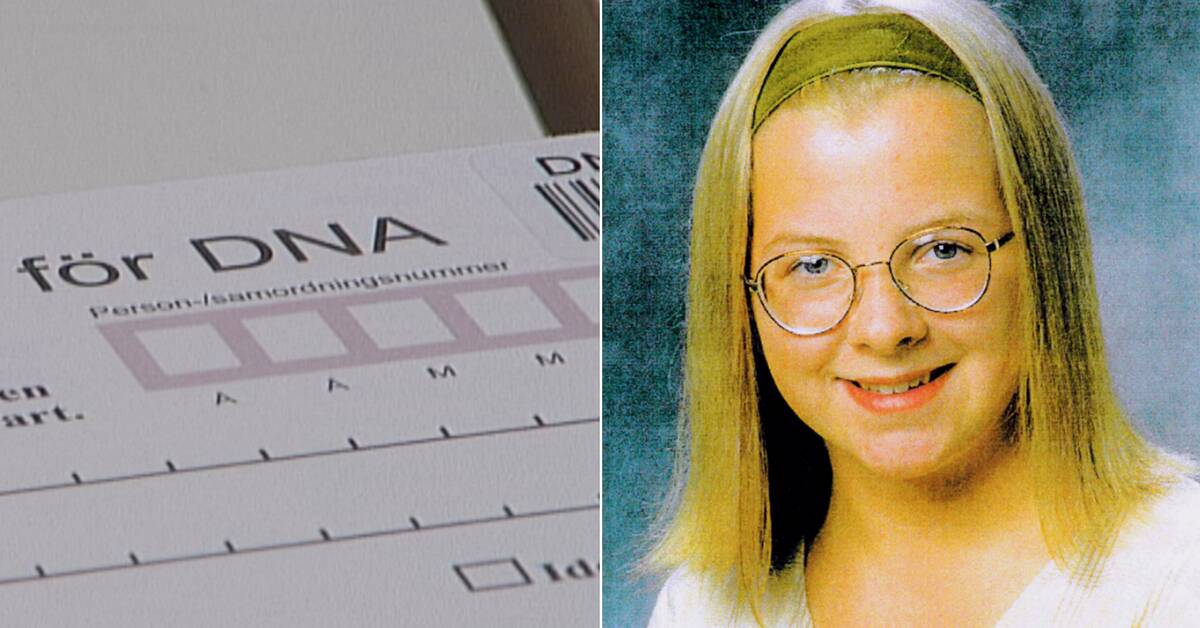The question of guilt must then be tried again against the so-called Malin man in the case of Malin Lindström, the 16-year-old who disappeared without a trace in Husum north of Örnsköldsvik in November 1996 and was found brutally murdered in a forest just outside society six months later.
Örnsköldsvik District Court convicted the man - then 20 years old - in the spring of 1998 for the murder of Malin, but six months later he was acquitted by the Court of Appeal for lower Norrland in Sundsvall who considered that the evidence against him was not enough for a conviction.
In the autumn of 2020, a DNA profile of the perpetrator could be obtained based on a sperm stain on Malin's trousers.
Last summer, an old blood sample was found that was taken from Malinmannen in connection with the previous murder investigation and that was saved by mistake.
In a comparison with the DNA profile, it was a hit.
Thus, the man is technically connected to the murder victim.
Erection application
The public prosecutor then submitted a petition to the Supreme Court in the case, with the new evidence as part of the preliminary investigation material.
The so-called Malin man has always denied the murder.
When he was asked in an interrogation after the DNA match last year how it came about that his DNA was secured on Malin's body, he had no explanation.
Lawyer Ulf Holst, who defends the man, has in his statement to HD about the erection application pointed out that a DNA hit that binds a person to a murder victim does not automatically mean that the person in question can thus also be linked to the act itself.
The Supreme Court has previously ruled that the case is not statute-barred, as the interruption of the statute of limitations occurred as the Malin man had previously been detained twice in the case.

